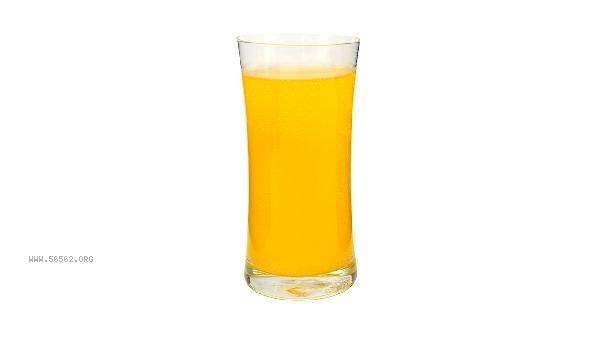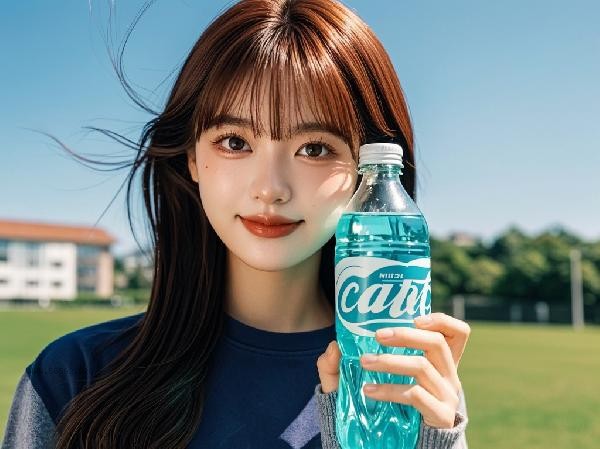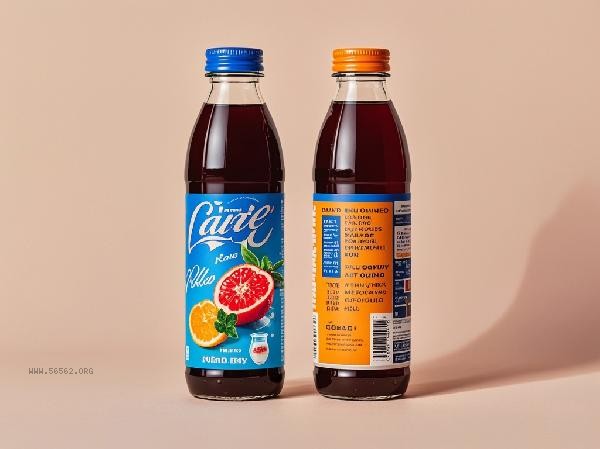Beverages that freeze with just one shake mainly rely on built-in refrigerants and physical cooling principles to achieve rapid cooling. This type of product usually uses supercooled liquid technology or chemical endothermic reactions. Common types include built-in ice pack type, chemical refrigeration pack type, compressed gas expansion type, etc.

1. The built-in ice pack type
beverage can is pre installed with a sealed water bag and refrigerant particles. When shaken, the water bag ruptures and the refrigerant dissolves and absorbs heat. Ammonium nitrate is a commonly used refrigerant, which absorbs a large amount of heat during its dissolution process and can quickly lower the temperature of beverages. This technology has a low cost but is designed for one-time use, and the cooling effect is greatly affected by the ambient temperature.
2. Chemical refrigeration package type [SEP]: Two independent chemical substances are placed in the interlayer of the tank, and after shaking, they mix and undergo endothermic reactions. Common combinations include urea and ammonium chloride, sodium bicarbonate and citric acid, etc. This type of reaction can sustain refrigeration for a long time, but it requires strict sealing to prevent leakage. Some products will incorporate phase change materials to extend the cooling effect.
3. Compressed gas expansion type
uses high-pressure liquid carbon dioxide or nitrogen as the refrigeration medium, and the gas expands and absorbs heat after opening the valve. This technology has high refrigeration efficiency and can be refilled repeatedly, and is commonly used in outdoor sports water bottles and other scenarios. Attention should be paid to the safety of high-pressure vessels, and some products may be designed with pressure relief protection devices.
4. Undercooled liquid technology

Beverages remain liquid in ultra-low temperature environments and produce crystal nuclei when shaken, triggering instant crystallization heat release. This technology requires high production process requirements and precise control of undercooling and crystallization triggering mechanism. Typical applications include certain smoothie drinks, which form delicate ice crystals after shaking.
5. Temperature control of phase change materials
utilizes the melting and endothermic properties of phase change materials such as paraffin or saltwater compounds. The material is encapsulated in the interlayer of the beverage container and absorbs heat to maintain a low temperature when the temperature rises. This type of technology has a gentle but long-lasting cooling effect, making it suitable for scenarios that require long-term cooling.
When using ice cold beverages, please pay attention to reading the product instructions to avoid severe shaking that may cause damage to the container. Chemical refrigerants are not edible and packaging integrity should be ensured. People with special constitutions may be allergic to certain refrigeration components, and it is recommended to conduct small-scale testing when using it for the first time. Although this type of technology is convenient, the cooling temperature is limited, and traditional refrigeration methods still need to be used in high-temperature environments. Physical cooling cups that can be reused in daily life are both environmentally friendly and meet immediate cooling needs.









Comments (0)
Leave a Comment
No comments yet
Be the first to share your thoughts!